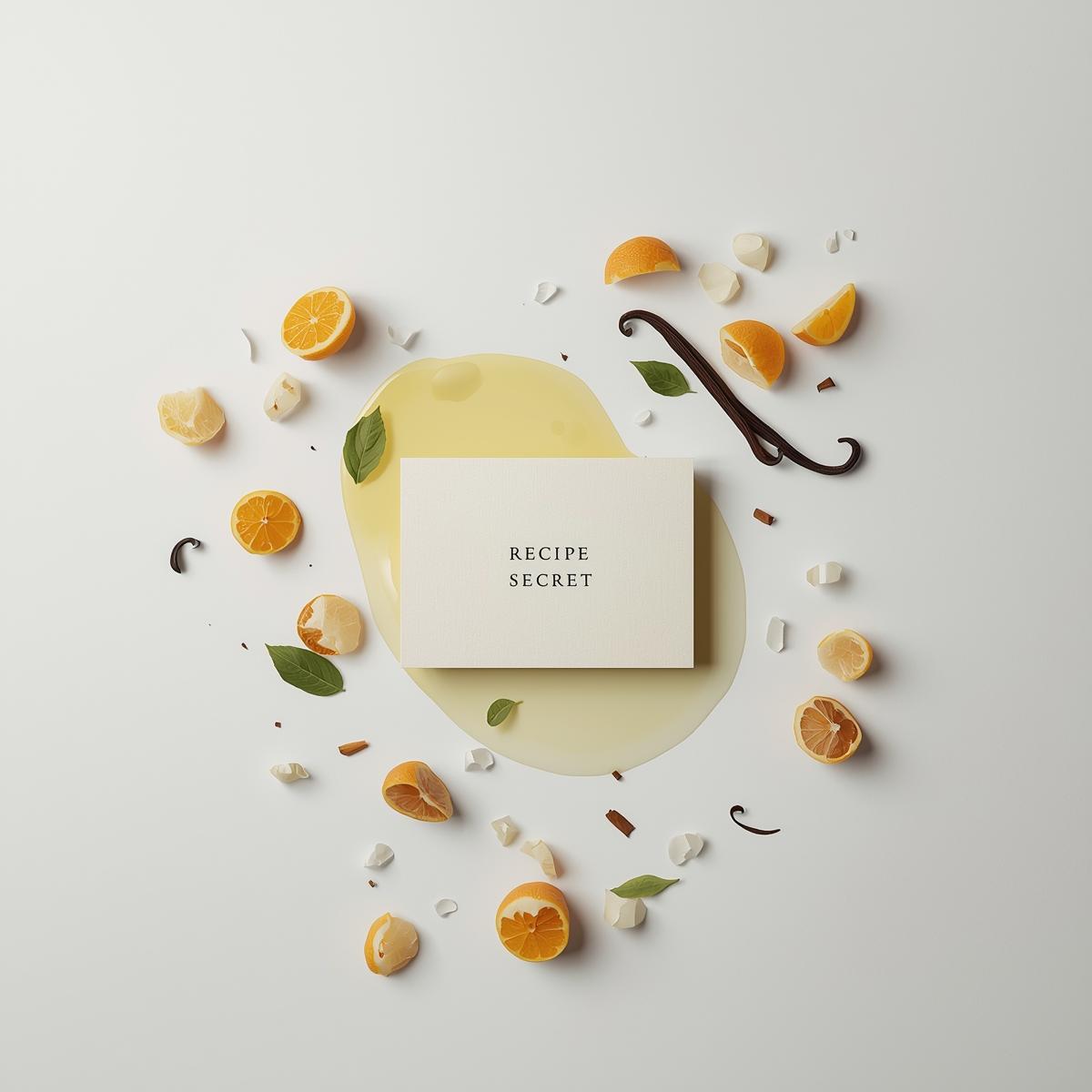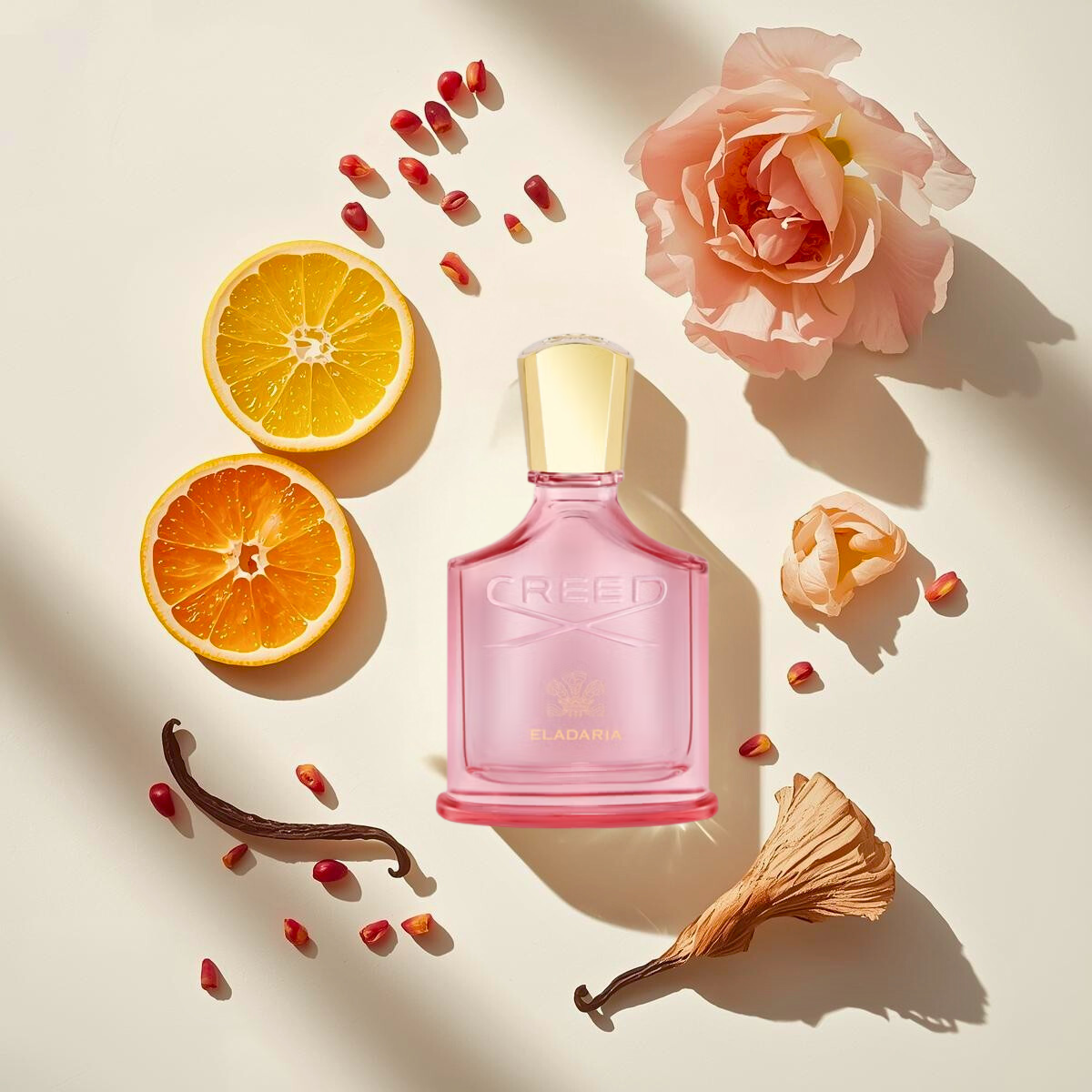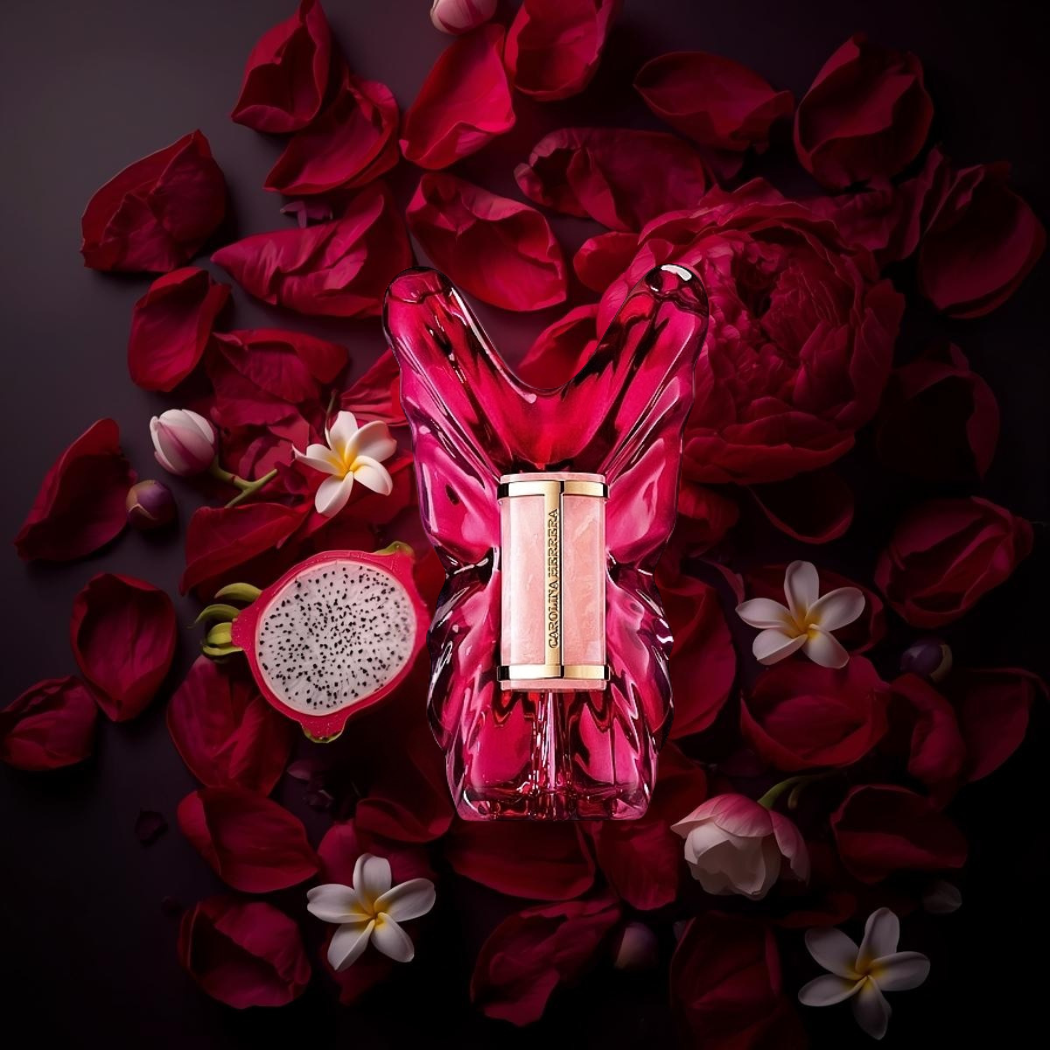Entry
Many fragrance lovers wonder if it's possible to create a perfume identical to the original. The answer is simple: it's impossible . In this article, we explain why—and what makes even the best counterparts only very close, but never 100% identical.
Recipe – a closely guarded secret
Perfume formulas are secrets preserved like the recipe for a legendary drink. While we know the top, heart, and base notes, we don't:
-
exact proportions of individual ingredients,
-
the quality and purity of the oils used,
-
the process of combining and maceration.
It's like trying to bake a cake with only a list of ingredients – the end result will never be identical.
Source of ingredients – same oil, different effect
Take bergamot as an example 🍋. The same citrus oil can smell completely different depending on its origin:
-
bergamot from Calabria is fresher and juicier,
-
the one from Sicily – warmer and slightly bitter.
The aroma is influenced by climate, soil, harvesting method, and distillation. Therefore, even if the recipe calls for "bergamot," its scent can vary significantly.
Synthetic molecules and manufacturer differences
Modern perfumery relies heavily on synthetic molecules. Examples include:
-
Ambroxan – warm, amber, gives depth,
-
Iso E Super – transparent, woody-musky notes.
Even the same molecules can smell different if they come from different manufacturers or have different chemical purity. This is another element that differentiates originals from their counterparts.
Production process and nuances
The final effect of the fragrance is also influenced by:
-
maceration – the time during which the ingredients “ripen”,
-
production process – the order and method of combining ingredients,
-
bottle and atomizer – they disperse the fragrance on the skin differently.
These are the nuances that make perfumes never smell exactly the same.
In a nutshell
🔑 The recipes are a secret – we don't know the proportions of the ingredients.
🌱 The source of the oils changes the aroma – the same bergamot may sound different.
🧪 Synthetic molecules smell differently depending on the manufacturer.
🎯 Equivalents may be similar, but they will never be identical.
Summary
Perfume creation is an art full of nuances, where every detail matters. Therefore, it's impossible to recreate a scent 1:1 —you can only come as close to the original as possible. For many people, this is enough, as what matters is not a perfect reproduction, but the atmosphere and emotions evoked by a given composition.
👉 What about you? Do you prefer classic originals or modern interpretations that allow you to rediscover fragrances? Let us know in the comments or check out our articles on how to choose perfumes for different occasions.




Leave a comment
This site is protected by hCaptcha and the hCaptcha Privacy Policy and Terms of Service apply.